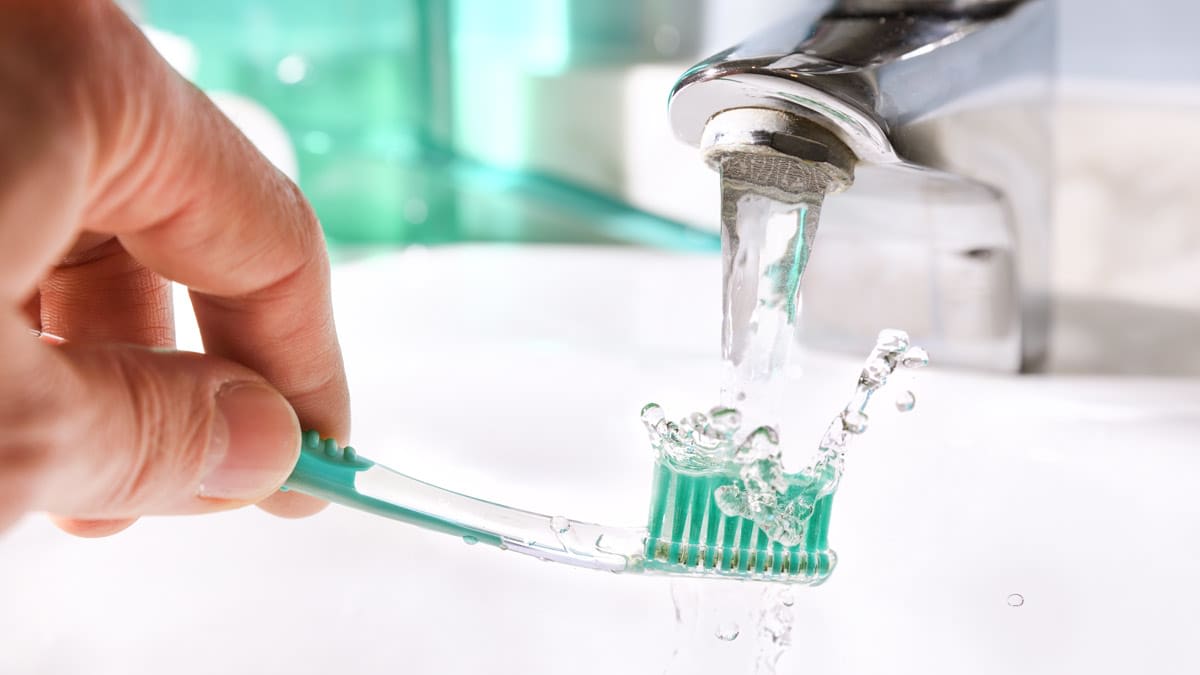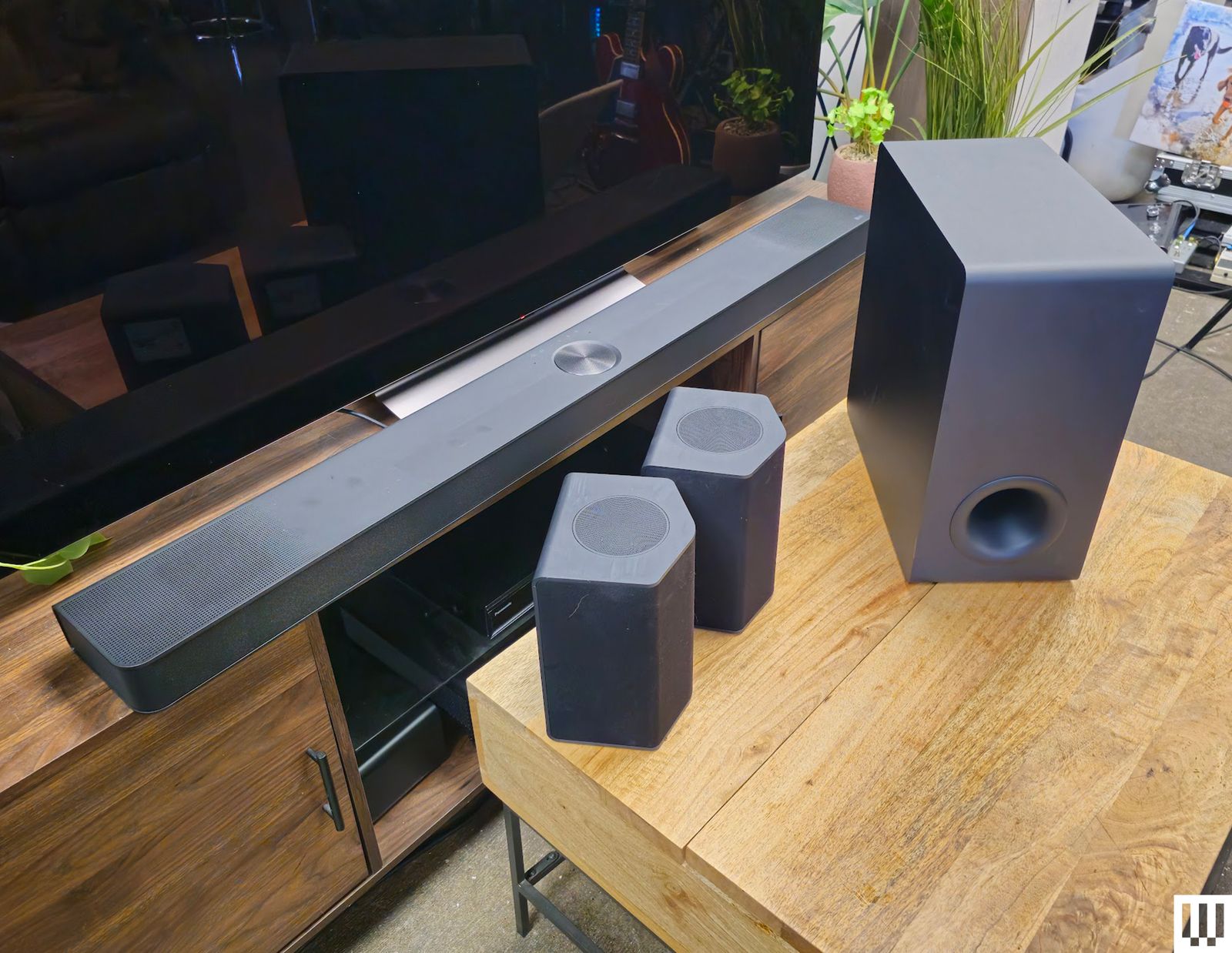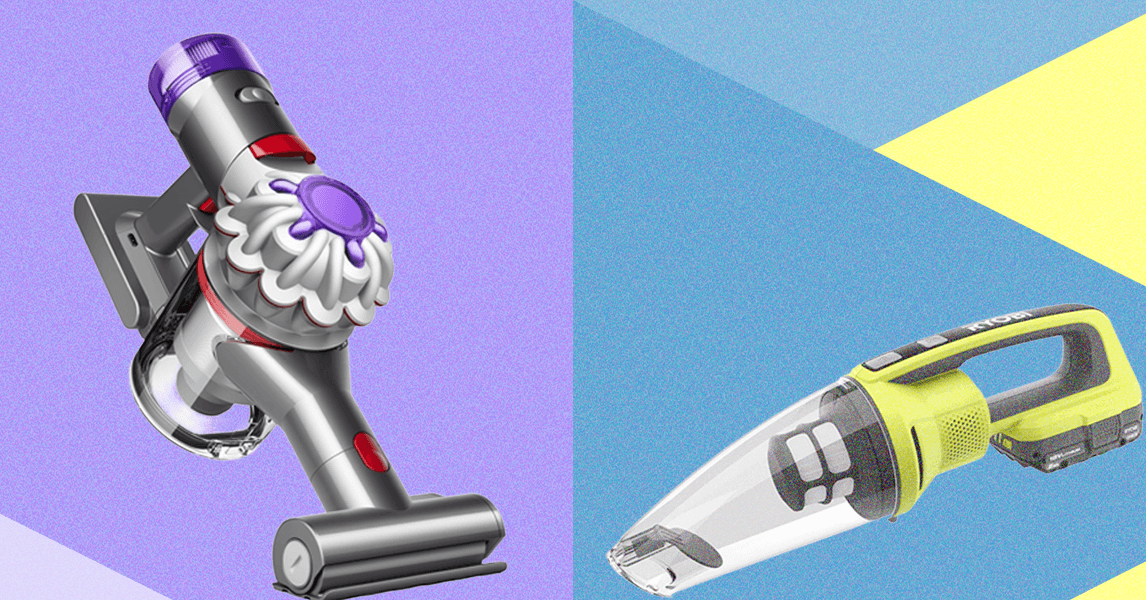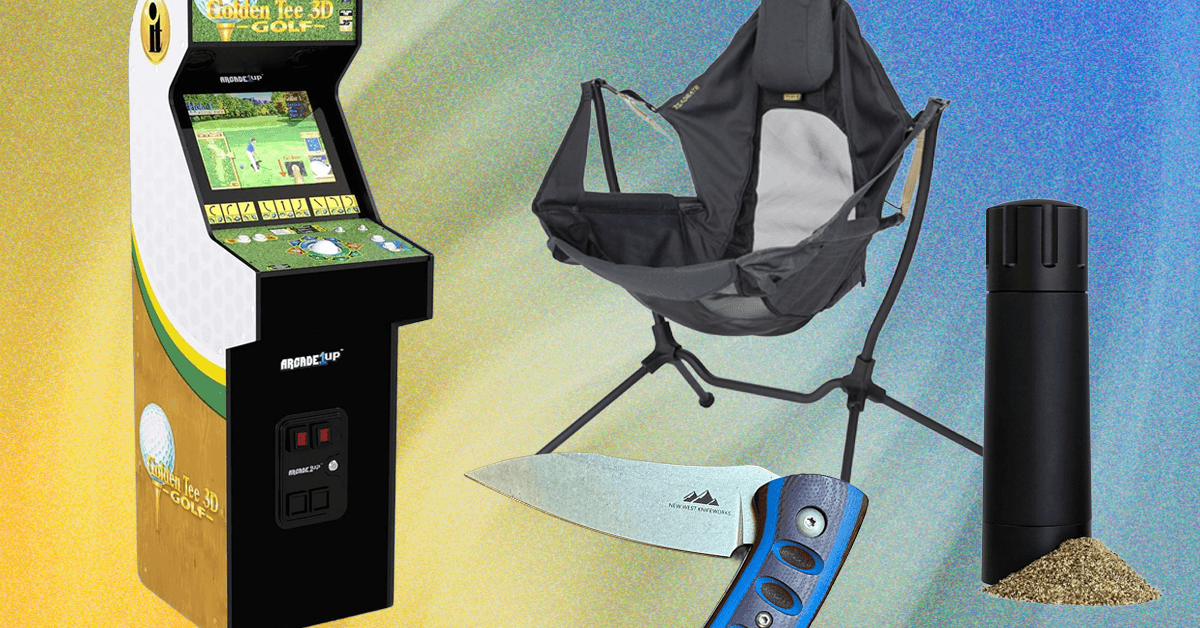
If you’re traveling, you can use toothbrush cases, plastic bags, or travel toothbrushes with a built-in case to keep your toothbrush clean. Once you’ve arrived at your destination, though, your toothbrush should be kept uncovered in a clean, dry place to prevent bacterial accumulation, says Martinna Bertolini, DDS, PhD, an assistant professor in the department of periodontics and preventative dentistry at the University of Pittsburgh.
If there’s more than one brush in the same holder, don’t let them touch each other, the CDC says. The best places to keep your toothbrushes stored are in uncovered cup holders far away from toilets or as dry as possible inside ventilated cabinets or drawers, Bertolini says. Electric toothbrushes can dry in their own base, in an upright position.
And, yes, the common wisdom that you shouldn’t share toothbrushes is correct, because you could be exchanging bodily fluids and germs with another person, according to the American Dental Association.
The ADA also suggests you should replace your toothbrush every three to four months, or more often if the bristles are getting matted or frayed. That’s because the effectiveness of the brush decreases as the bristles become worn.
Bonus link: Are any toothpaste ingredients dangerous to your health?









